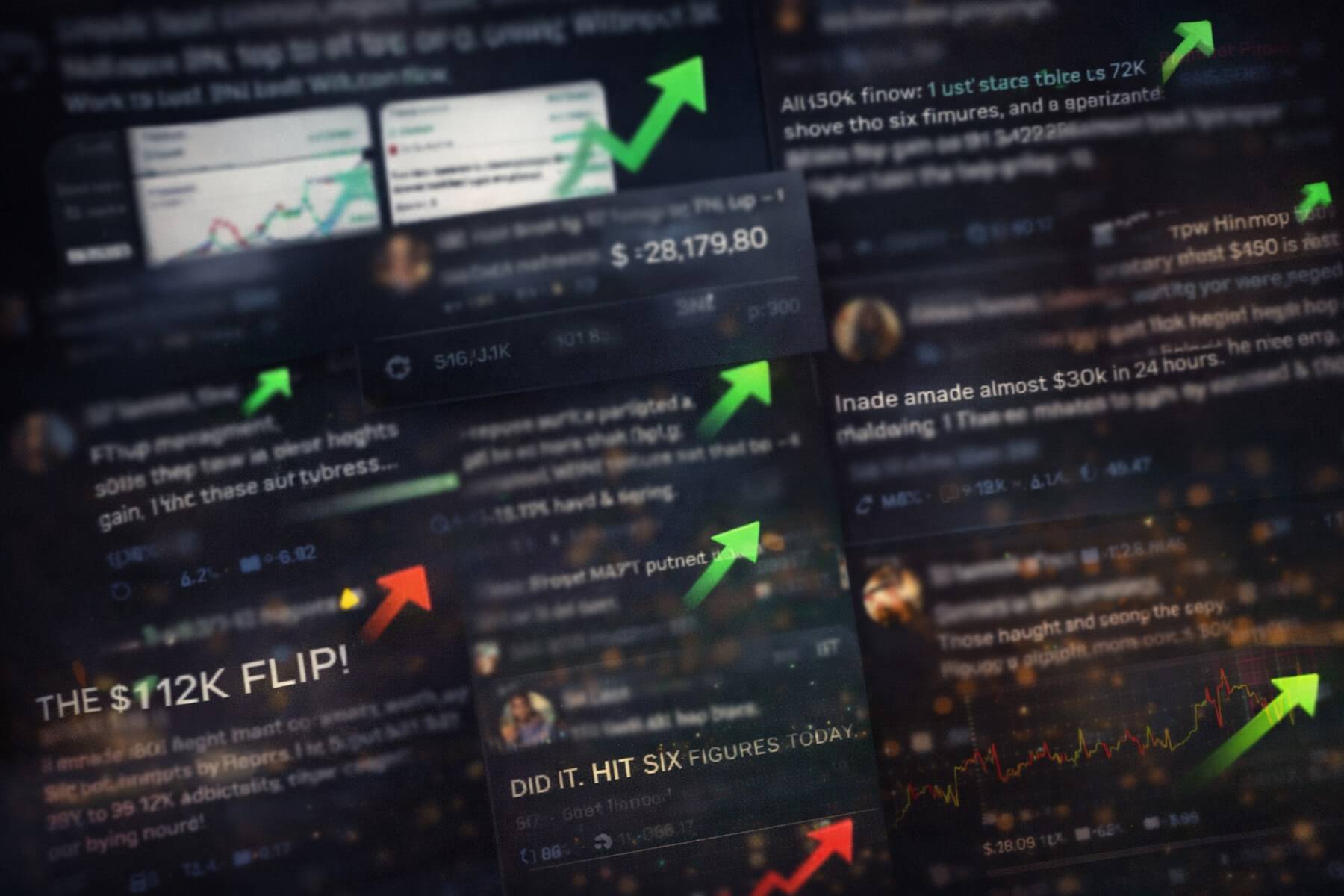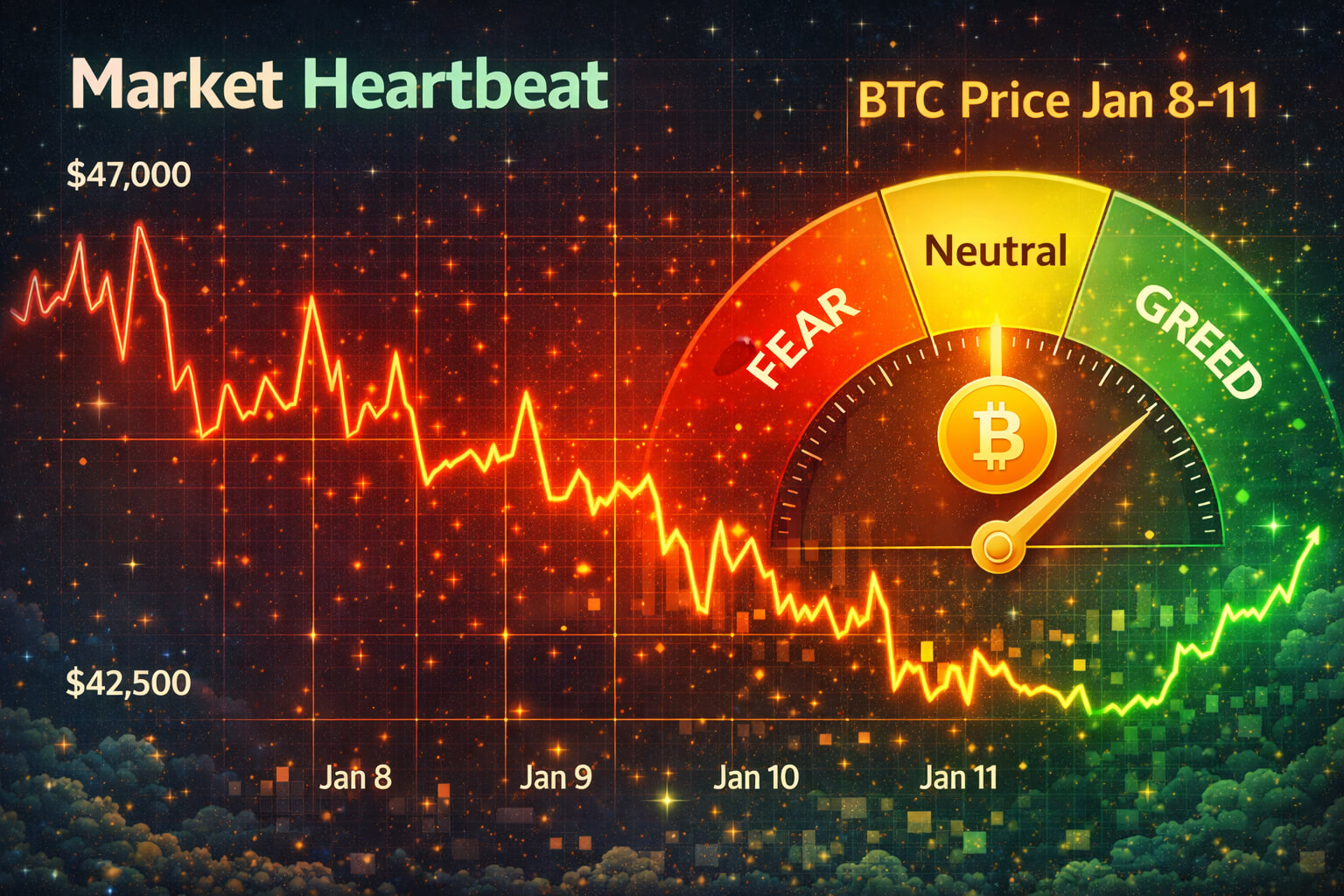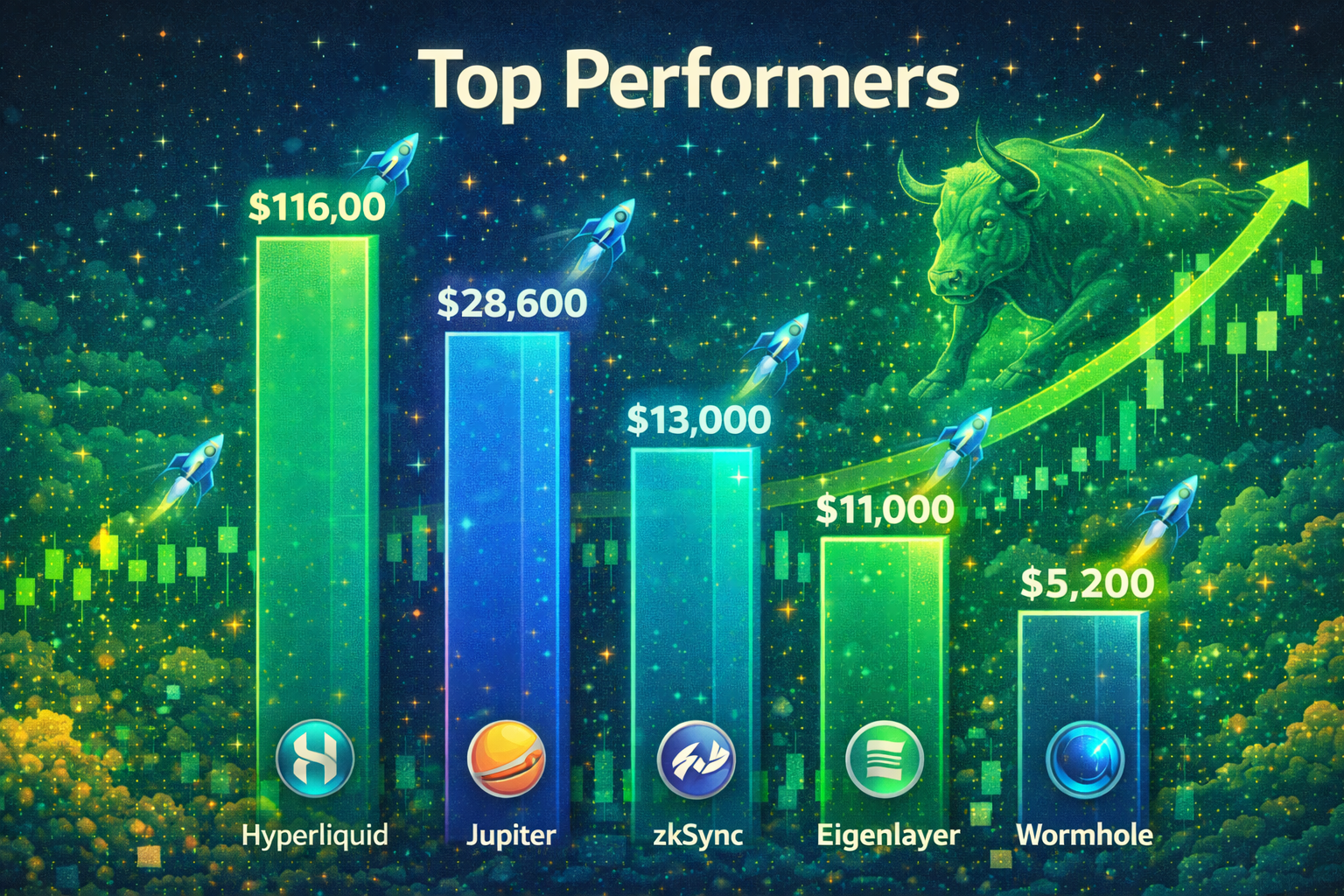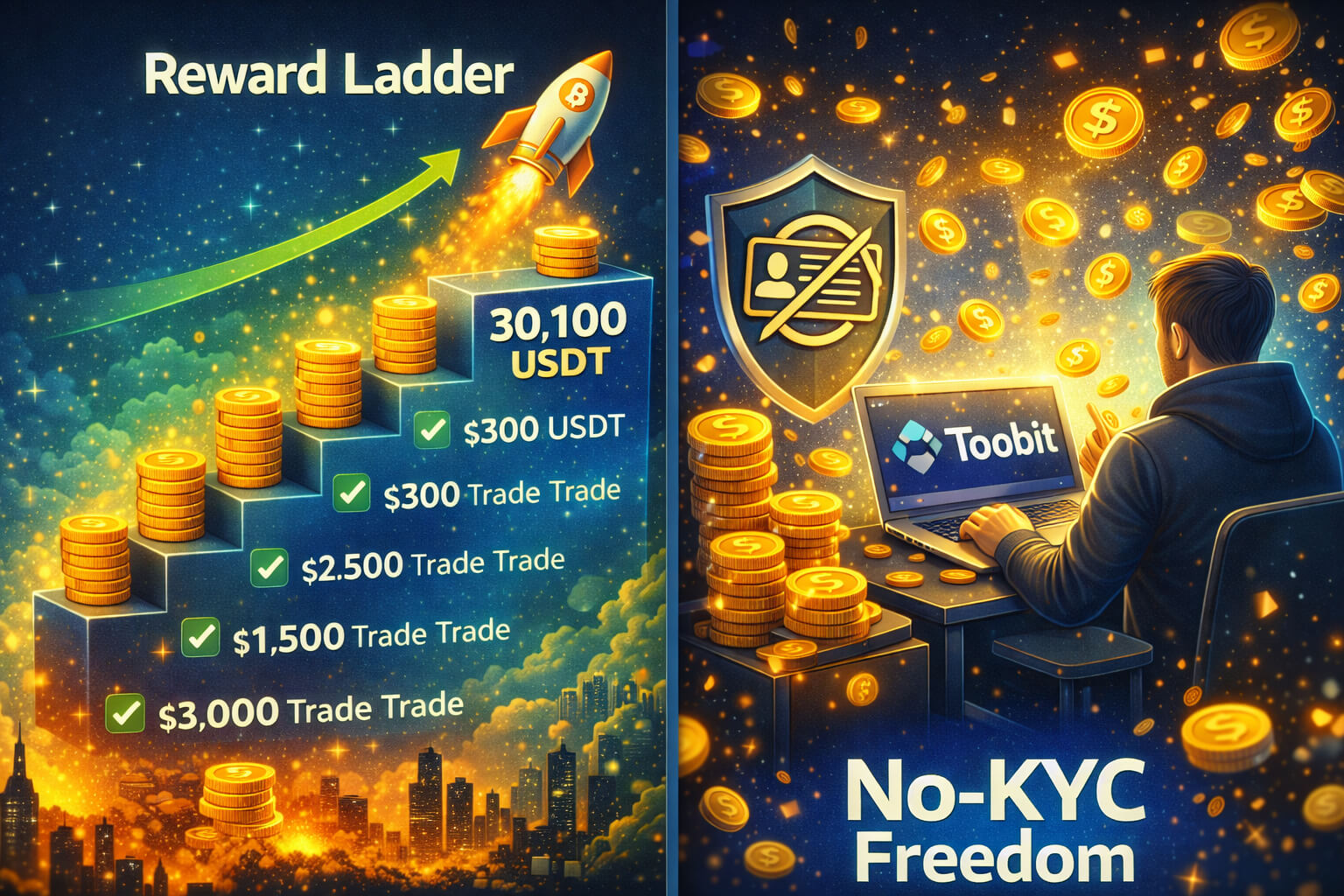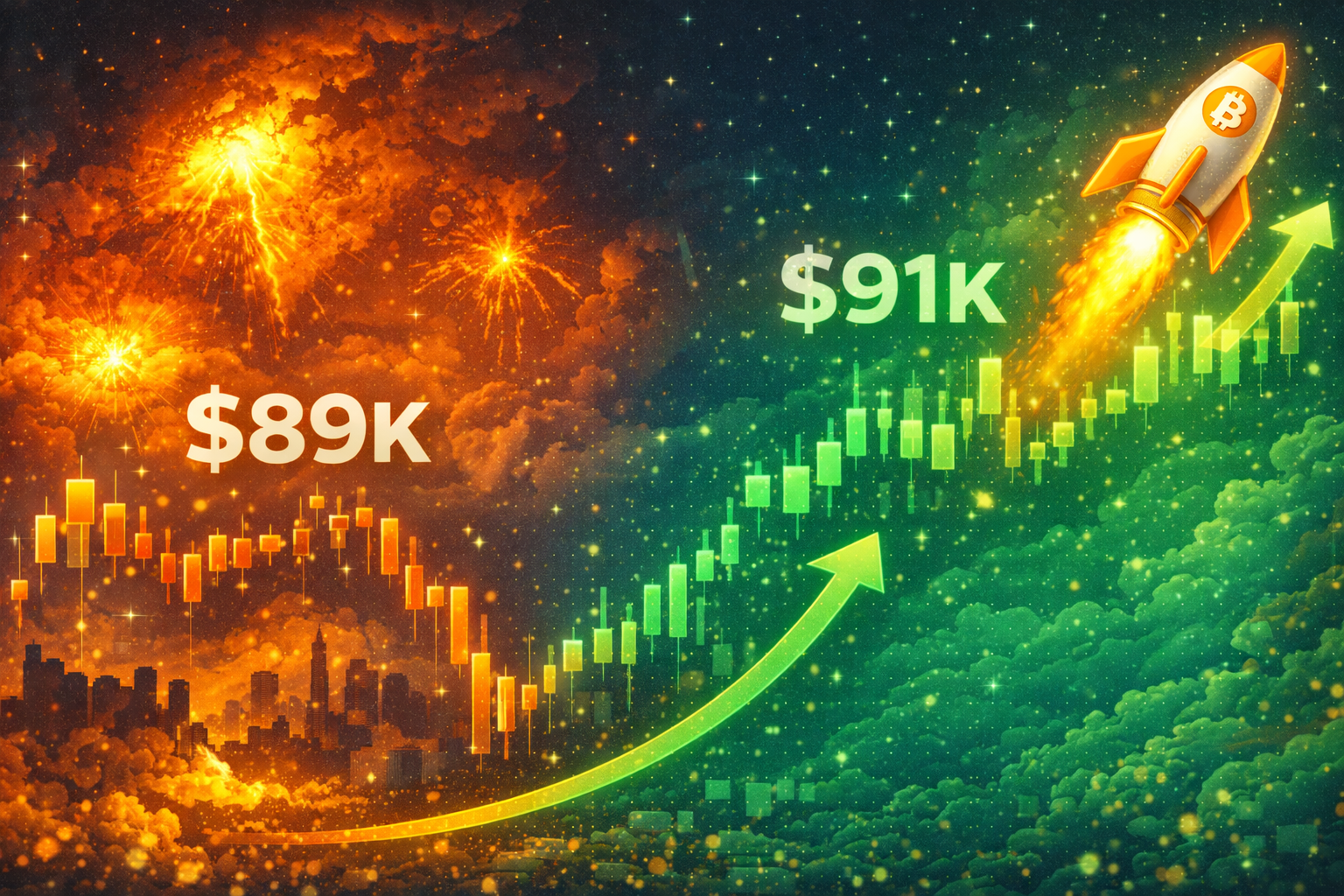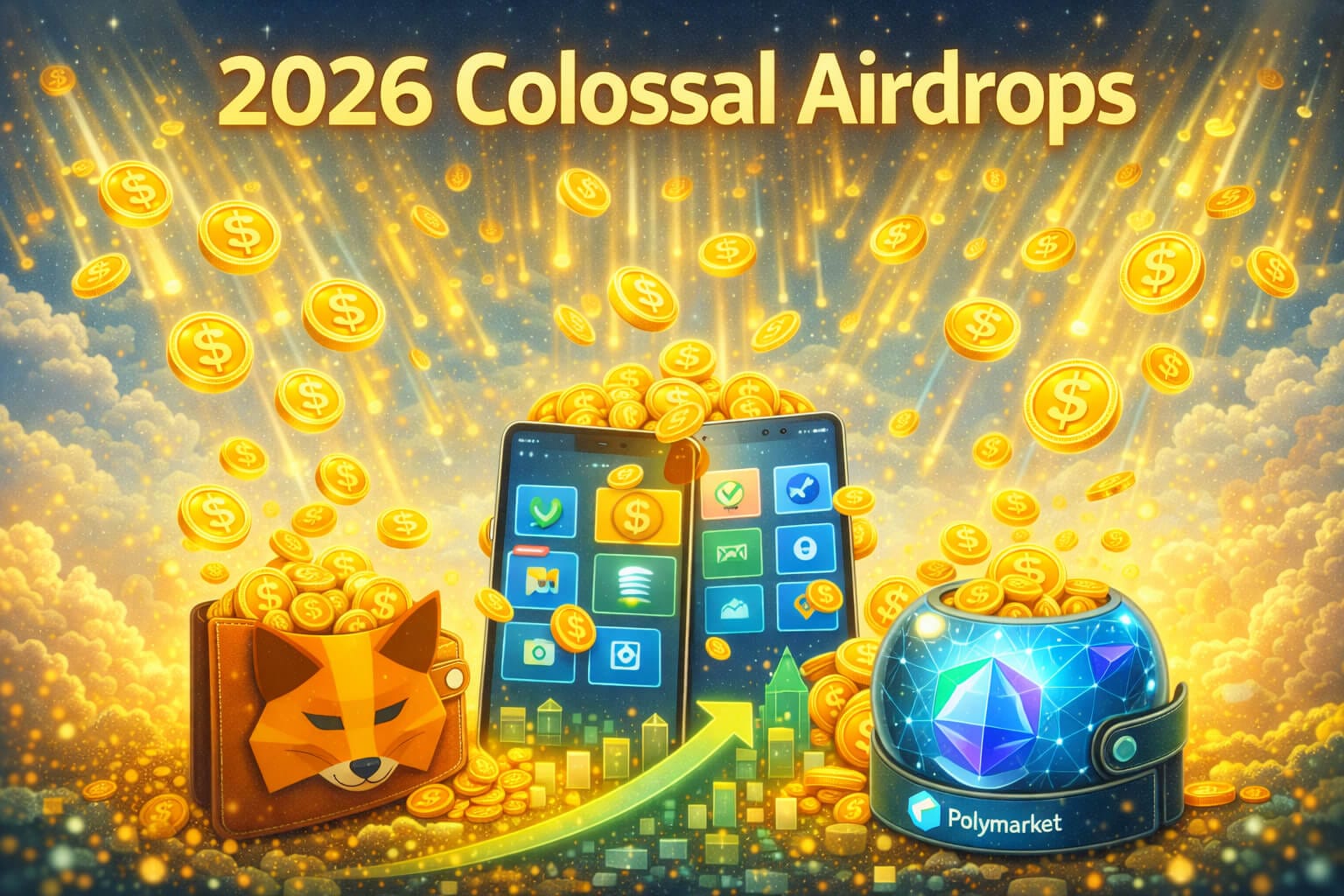How Blockchain Is Transforming the Art World: Authenticity Verification and New Revenue Streams
Introduction
The art world, once governed by exclusive galleries and auction houses, is now undergoing a major transformation. Blockchain technology, which rose to prominence through cryptocurrencies like Bitcoin, is revolutionizing how art is authenticated, bought, and sold. By offering a transparent and immutable ledger for verifying ownership and provenance, blockchain helps combat art forgery and fraud. Moreover, non-fungible tokens (NFTs) have introduced new revenue streams for artists, enabling them to sell digital art directly to collectors worldwide. This blog will explore how blockchain is reshaping the art world, with a focus on authenticity verification and fresh financial opportunities for creators.
Challenges in the Traditional Art World
The traditional art market faces several challenges that blockchain can address:
- Art Forgery: Forged artworks remain a major issue. Verifying authenticity often involves costly and time-consuming expert validation.
- Provenance Issues: Provenance, or the history of ownership, plays a key role in determining an artwork’s value. However, paper-based records can be lost, altered, or faked.
- Limited Artist Compensation: Once artists sell their work, they rarely profit from future resales, even when the artwork’s value increases significantly.
Blockchain’s secure, decentralized nature provides solutions to these longstanding issues.
How Blockchain Is Transforming the Art World
Blockchain’s transparency and immutability can solve issues surrounding authenticity, provenance, and artist compensation in the art market. Here’s how it’s reshaping the landscape:
1. Verifying Art Authenticity with Blockchain
Blockchain offers a reliable method for verifying the authenticity of artwork. Artists and collectors can now record key details about a piece on the blockchain, creating tamper-proof certificates of authenticity.
How It Works:
- Immutable Ledger: Blockchain records crucial information about the artwork—such as the artist’s signature, creation date, and ownership. Once on the blockchain, no one can alter these details.
- Digital Certificates: Artists or galleries issue digital certificates on the blockchain, allowing buyers to verify an artwork’s authenticity before making a purchase. This approach helps eliminate the risk of buying forgeries.
By using blockchain to verify authenticity, the art world can safeguard buyers from purchasing fake art. Learn more about blockchain’s role in protecting valuable goods in our blog on The Role of Blockchain in Combating Counterfeit Goods.
2. Tracking Provenance with Blockchain
Blockchain provides a secure method for tracking an artwork’s provenance. Every ownership transfer is recorded, creating a permanent and transparent history.
How It Works:
- Ownership Records: Each sale or transfer of an artwork is recorded, ensuring a verifiable and accurate chain of ownership. Buyers can then trace a piece’s history back to its creation.
- Marketplaces: Blockchain-based art platforms offer transparency by allowing buyers to view the entire ownership history of a piece. This builds trust and confidence in the marketplace.
This transparency preserves an artwork’s value and ensures trust. For more on blockchain’s ability to improve transparency, visit our post on The Impact of Blockchain on Supply Chain Transparency.
3. NFTs: New Revenue Streams for Artists
Non-fungible tokens (NFTs) have opened up fresh ways for artists to monetize their work. By tokenizing their digital art, artists can sell directly to collectors and continue benefiting from future resales.
How It Works:
- Tokenization: Artists convert their digital creations into NFTs, which can be traded as unique digital assets. Platforms like Ethereum make this possible.
- Royalties for Resales: Unlike traditional sales, NFTs can include smart contracts that ensure artists receive royalties each time their work is resold.
NFTs allow artists to reach a global audience while maintaining a long-term revenue stream. To discover how blockchain is empowering creators, check out our blog on How Blockchain Is Revolutionizing Financial Inclusion.
4. Decentralized Art Marketplaces
Blockchain enables decentralized platforms where artists can sell their work directly to collectors, cutting out intermediaries like galleries. This results in lower fees and greater transparency.
How It Works:
- Peer-to-Peer Sales: Artists list their work on blockchain-based platforms, selling directly to collectors through peer-to-peer transactions. This decentralized model reduces costs and gives artists more control.
- Global Reach: Artists can sell their work to a worldwide audience, expanding their visibility. Collectors, in turn, can trust the transparency provided by blockchain.
Decentralized platforms help artists maintain control over their work while increasing their revenue. To explore how blockchain facilitates other decentralized systems, check out The Future of Blockchain in the Internet of Things (IoT).

Real-World Applications of Blockchain in Art
Several platforms are already using blockchain to reshape the art world. Here are a few examples:
1. SuperRare: A Blockchain Marketplace for Art
SuperRare is a digital art marketplace where artists can tokenize their work as NFTs. The platform offers royalties on resales and ensures each artwork’s authenticity using blockchain.
2. Verisart: Authenticating Art with Blockchain
Verisart provides blockchain-based verification for both digital and physical artworks. Artists can create permanent certificates of authenticity, ensuring their work’s legitimacy.
3. Foundation: NFTs for Creators
Foundation is a decentralized platform that allows artists to create and sell NFTs. The platform’s blockchain framework ensures creators earn royalties from all future resales.
These platforms demonstrate how blockchain benefits artists and collectors alike, ensuring a more secure and efficient market. For more on blockchain’s transformative role, read our blog on How Blockchain Is Revolutionizing the Real Estate Industry.
The Future of Blockchain in the Art World
As blockchain technology continues to evolve, its impact on the art world will likely increase. More artists and collectors are embracing blockchain solutions for verifying authenticity, tracking provenance, and enabling NFT sales. This growing adoption is driving demand for secure and transparent art markets.
In the future, blockchain could become the standard for verifying authenticity and ownership. This will not only benefit established artists but also provide emerging creators with new opportunities.
Conclusion
Blockchain is transforming the art world by making it more transparent, secure, and equitable. By verifying authenticity, tracking provenance, and enabling artists to create new revenue streams through NFTs, blockchain is reshaping the way art is bought, sold, and valued. As the technology evolves, its role in the art market will only grow, creating new possibilities for artists and collectors alike.
FAQs
1. How does blockchain verify art authenticity?
Blockchain records key details—such as the artist’s signature and creation date—on an immutable ledger. This provides a tamper-proof certificate of authenticity.
2. What are NFTs in the art world?
NFTs (non-fungible tokens) are unique digital assets that represent ownership of a piece of art. Artists can tokenize their digital work as NFTs and sell them on blockchain marketplaces.
3. How do artists earn royalties with NFTs?
Artists program smart contracts into NFTs to receive royalties whenever their work is resold. This guarantees ongoing revenue.
4. What role do decentralized art marketplaces play?
Decentralized marketplaces allow artists to sell their work directly to collectors, reducing reliance on intermediaries and providing greater transparency.
For more insights and detailed guides on cryptocurrency, visit our Crypto Guides Section.
Stay Updated
For the latest updates on cryptocurrency trends and news, follow us on:
- Twitter: https://twitter.com/FreeCoins24
- Telegram: https://t.me/freecoins24
Stay informed with the latest strategies and insights in the world of cryptocurrency at FreeCoins24.io.
Special Offer
For an enhanced trading experience, consider Bybit. Sign up through our referral link to unlock exclusive rewards, including up to $30,000 in deposit bonuses, and elevate your trading journey.






